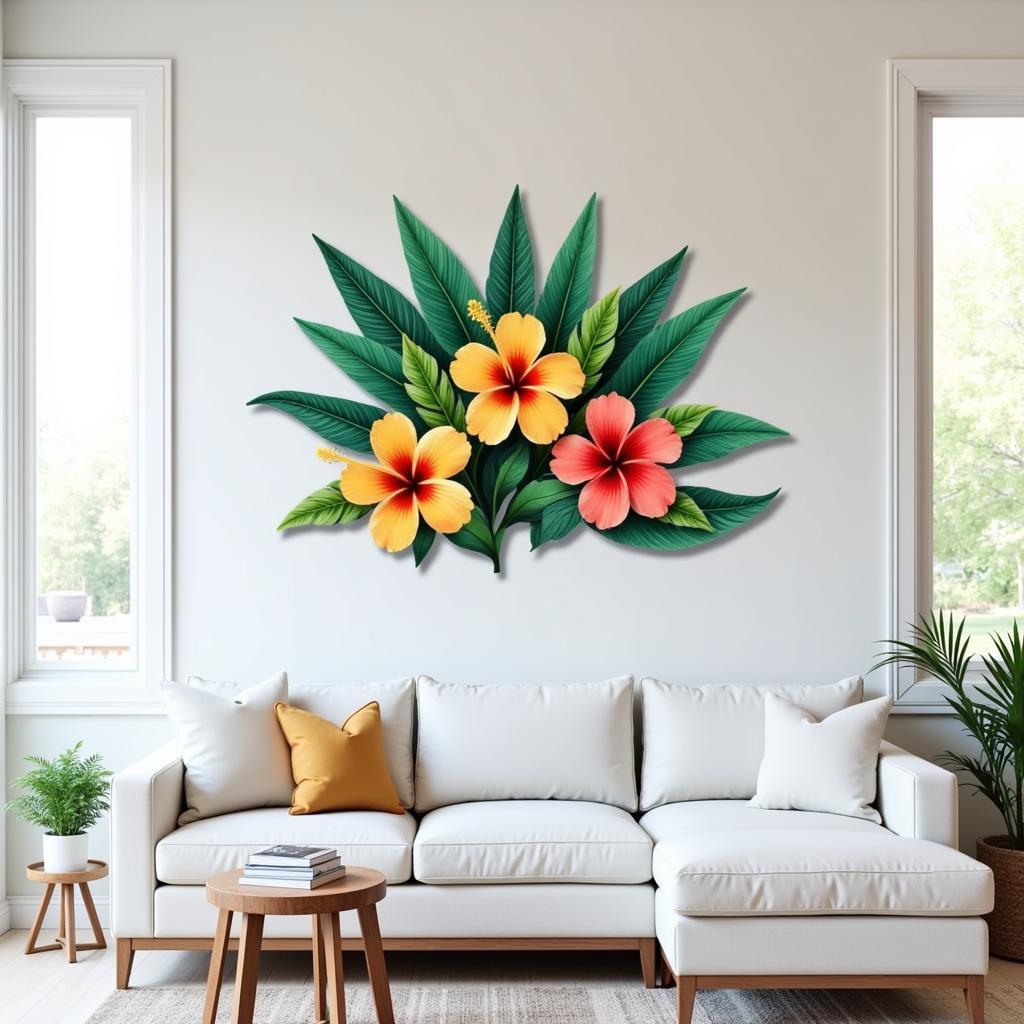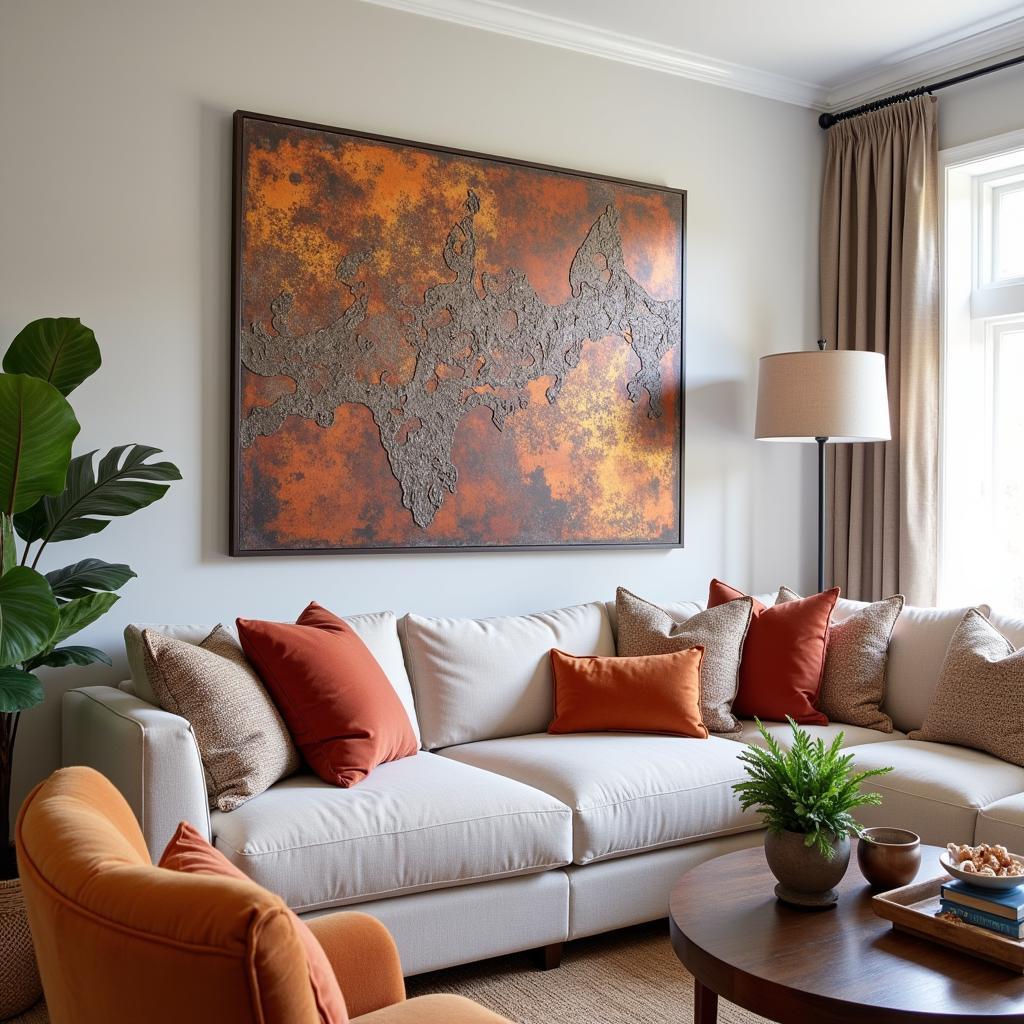Art PMU Pigments: A Colorful Guide to Permanent Makeup Ink
Permanent makeup, also known as micropigmentation or cosmetic tattooing, has exploded in popularity in recent years. From subtle eyebrow enhancements to perfectly lined lips, this innovative technique offers long-lasting beauty solutions that can save you time and effort in your daily routine. But did you know that the key to achieving flawless and natural-looking results lies in choosing the right art PMU pigments?
Understanding Art PMU Pigments
Unlike traditional tattoo inks, which are designed for body art, art PMU pigments are specifically formulated for use on delicate facial skin. These pigments are made from finely milled, hypoallergenic ingredients that are gentle on the skin and designed to fade gradually over time. This allows for subtle color adjustments and touch-ups as needed, ensuring your permanent makeup always looks fresh and natural.
Key Factors to Consider When Choosing PMU Pigments
Selecting the right art PMU pigments is crucial for achieving optimal results. Here are some key factors to consider:
- Skin Tone: Just like with foundation or lipstick, your skin tone plays a vital role in determining the most flattering PMU pigment shades. For example, warm skin tones generally look best with pigments that have yellow or golden undertones, while cool skin tones complement pigments with pink or blue undertones.
- Hair Color: Choosing pigments that complement your natural hair color helps create a harmonious and balanced look. If you have blonde hair, opt for lighter pigment shades, while brunettes can go for richer, more intense colors.
- Desired Outcome: Do you prefer a subtle and natural enhancement or a bolder, more defined look? Communicate your desired outcome clearly with your PMU artist to ensure you select pigments that align with your aesthetic goals.
- Pigment Quality: Always prioritize high-quality art PMU pigments from reputable brands. Look for pigments that are specifically formulated for permanent makeup, as they undergo rigorous testing to ensure safety and optimal performance.
- Artist’s Expertise: The skill and experience of your PMU artist are equally important as the pigments themselves. A skilled artist will have an in-depth understanding of color theory, skin undertones, and pigment selection, ensuring a flawless and natural-looking result.
Types of PMU Pigments
Art PMU pigments come in a wide range of colors and formulations to cater to various needs and preferences. Here are some common types:
- Iron Oxide Pigments: These pigments are known for their stability, longevity, and natural-looking results. They are available in a wide range of shades, from soft browns to deep blacks, making them ideal for eyebrows, eyeliner, and lip liner.
- Organic Pigments: Derived from natural sources, organic pigments offer vibrant color payoff and are a great option for those with sensitive skin. However, they tend to fade faster than iron oxide pigments and may require more frequent touch-ups.
- Hybrid Pigments: As the name suggests, hybrid pigments combine the best of both worlds, offering the longevity of iron oxide pigments with the vibrant color payoff of organic pigments.
Ensuring Safety and Longevity
- Choose a Reputable PMU Artist: Research and select a licensed and experienced PMU artist who prioritizes safety and hygiene.
- Follow Aftercare Instructions: Proper aftercare is crucial for promoting healing, preventing infection, and ensuring pigment retention. Follow your artist’s instructions diligently.
- Sun Protection: UV exposure can cause PMU pigments to fade prematurely. Always wear sunscreen with a high SPF on the treated area, even on cloudy days.
- Avoid Harsh Products: Avoid using harsh exfoliants, scrubs, or retinol products on the treated area, as they can damage the skin and affect pigment retention.
FAQ
Q: How long do art PMU pigments last?
A: The longevity of PMU pigments varies depending on factors such as skin type, lifestyle, and aftercare. On average, PMU can last anywhere from 1 to 3 years before requiring a touch-up.
Q: Is PMU painful?
A: Most people experience minimal discomfort during the PMU procedure, as a topical numbing cream is applied to the treated area beforehand.
Q: Are there any risks or side effects associated with PMU?
A: As with any cosmetic procedure, there are potential risks and side effects associated with PMU, such as infection, allergic reactions, and scarring. Choosing a qualified and experienced PMU artist and following proper aftercare instructions can significantly minimize these risks.
Q: Can I wear makeup after getting PMU?
A: It’s generally recommended to avoid wearing makeup on the treated area until it’s fully healed, which usually takes about 7 to 10 days.
Conclusion
Choosing the right art PMU pigments is an essential step in achieving stunning, natural-looking permanent makeup. By considering factors such as your skin tone, hair color, desired outcome, and the expertise of your PMU artist, you can ensure a result that enhances your natural beauty and boosts your confidence.



